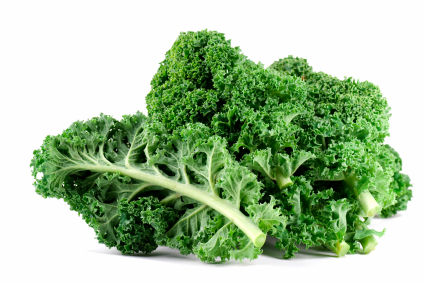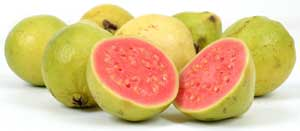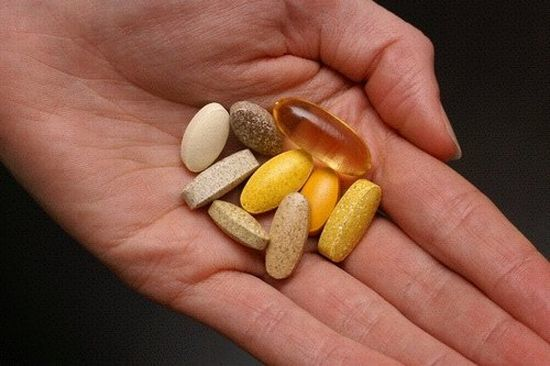
Top Ten Supplements For Primo Health

A portal for functional health topics and news.

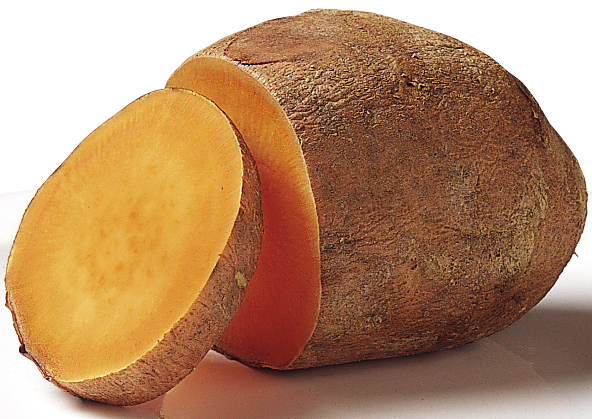
Is that a sweet potato? Or is that a yam? Good question! I was confused myself for so long. But now I know there is a distinction. That orange colored flesh of the picture on the left is the sweet potato, though it is often labeled as a "yam." It comes from the plant family known as Convovulaceae, or Morning Glory. It is very different from the yam that comes from the Caribbean, which is an edible root of the Discorea genus. The true yam is rough and scaly. And its nutrient content is much different from the sweet potato. There are several varieties and colors of the sweet potato. To make matters even worse, the sweet potato is not a potato either!
The sweet potato is considered one of the most nutritious vegetables around. It is nutritionally unique from the potato and the yam. It is very high in beta-carotene, providing several times the recommended daily allowance of Vitamin A. This root vegetable is also packed with potassium, manganese and copper. It is a good source of vitamins C and B6. The sweet potato is high in fiber but you have to eat the skin!
The white potato is a species belonging to the nightshades. These are foods that cause inflammation that are especially a problem for those with arthritis and other inflammatory conditions. Other nightshades include tomatoes, eggplant, capers and peppers. Fortunately, the sweet potato is NOT a nightshade. In fact they contain quercetin, which is a powerful anti-inflammatory.


By now I hope you're convinced you want to try juicing and you're pretty comfortable with knowing what you need to make a delicious, nutritious high quality juice. I only have a couple tips left and mostly want to help you with choosing the right equipment. If you've ever shopped for a juicer, I'm sure you know that the options are endless as are the price differences. Hopefully I can make the process of selecting the right juicer a little less daunting. But first I want to discuss something that always comes up when we discuss juicing vegetables.
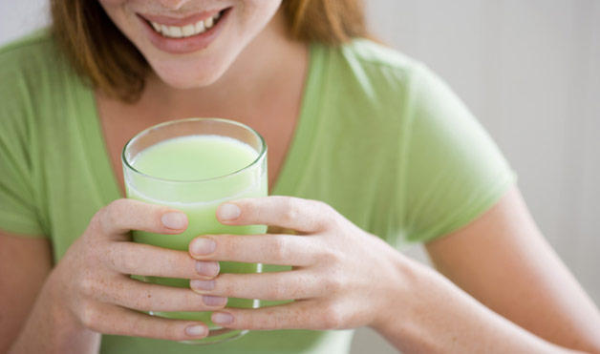
Juicing does not cancel out a bad diet. It is important to build a diet around whole foods that are clean (organic), unadulterated (non-GMO) and fresh! Juicing organic vegetables is a way to augment that diet and be able to incorporate even more healthy nutritious disease preventative nutrients found in our rainbow of vegetables. Here I'm presenting a few more tips to make your juicing experience most palatable and beneficial.
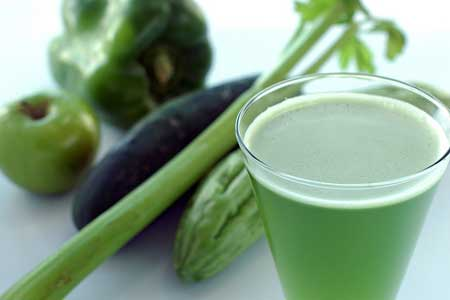
In Part 1 of this series I discussed what vegetables are good to start with. As you get accustomed to juicing and drinking liquid that is not sweetened, you can start to incorporate other nutrient dense vegetables. The following are the vegetables recommended by Dr. Joseph Mercola in progressive order:
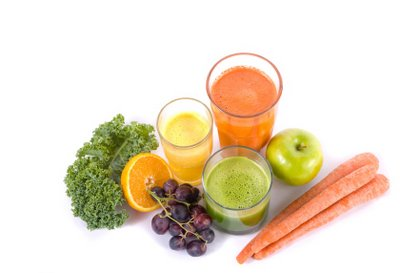

Rheumatoid arthritis is a chronic inflammatory condition that affects the entire body, but especially the joints. There is much evidence that RA is an autoimmune reaction, in which antibodies formed by the immune system attack components of joint tissue. (Murray, 2005, p. 761).
